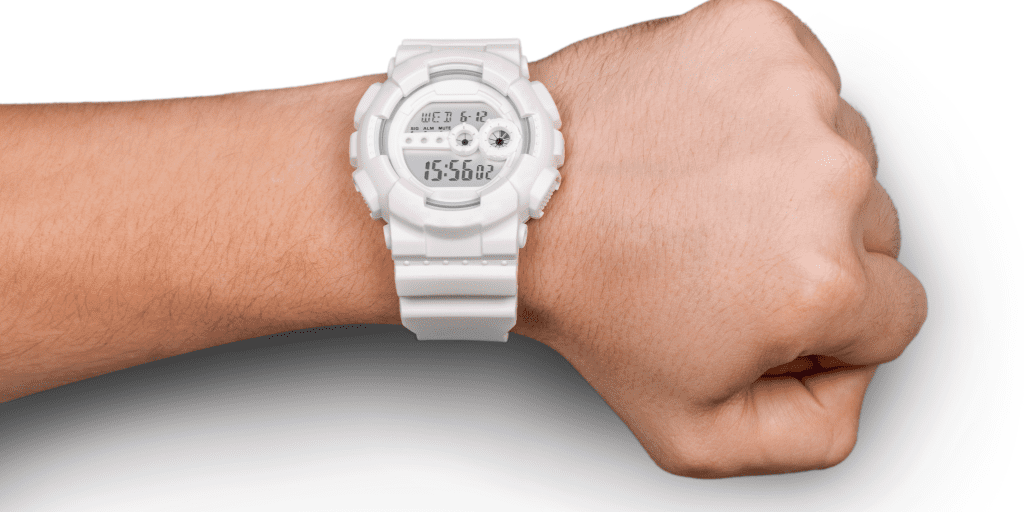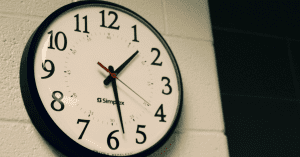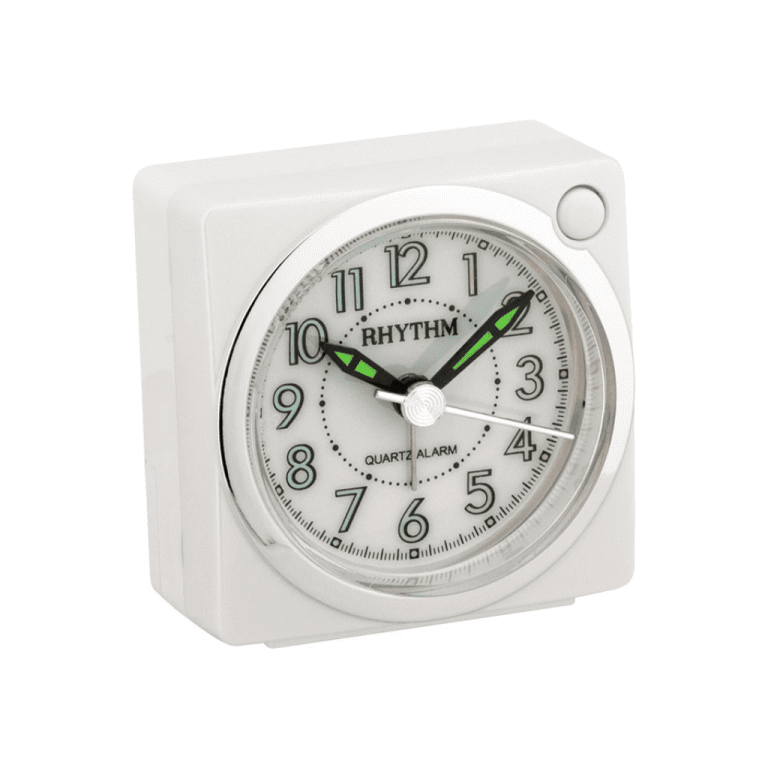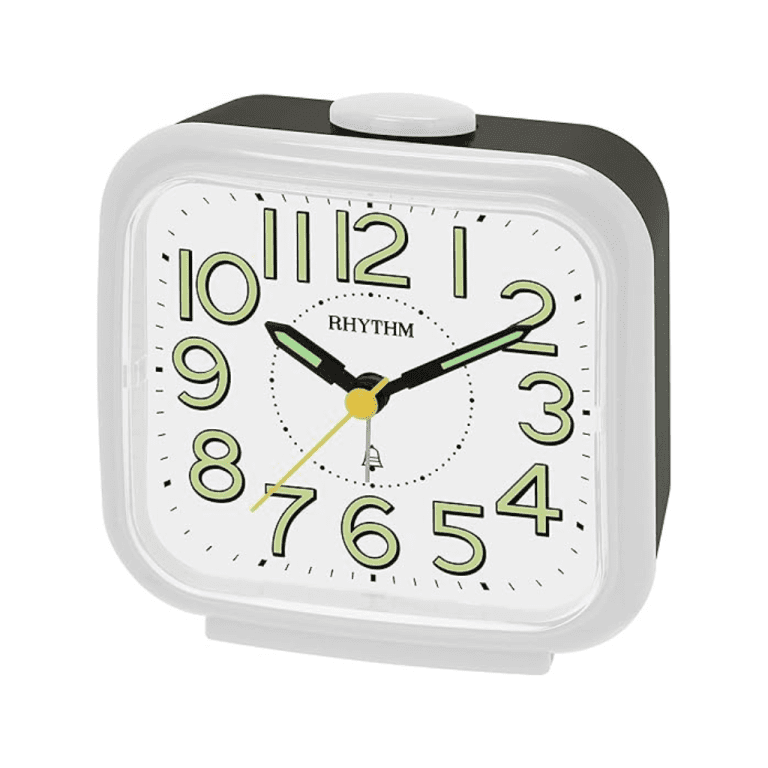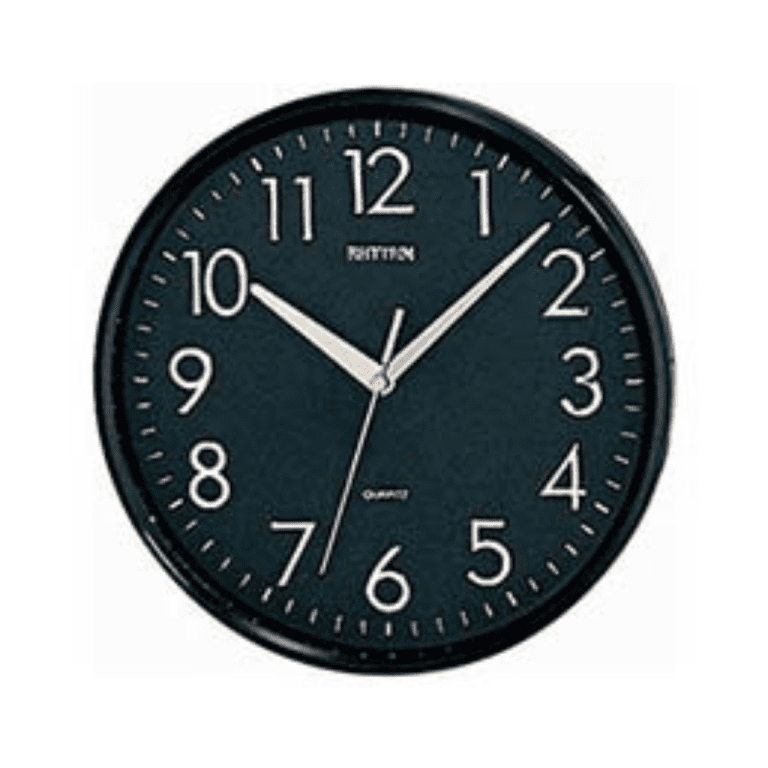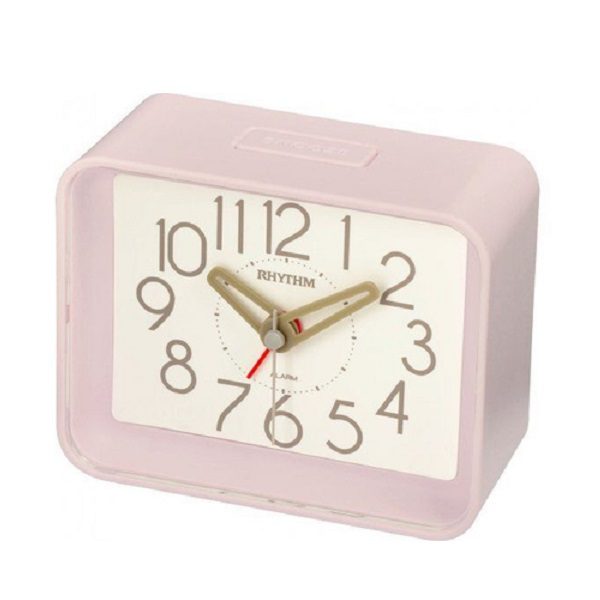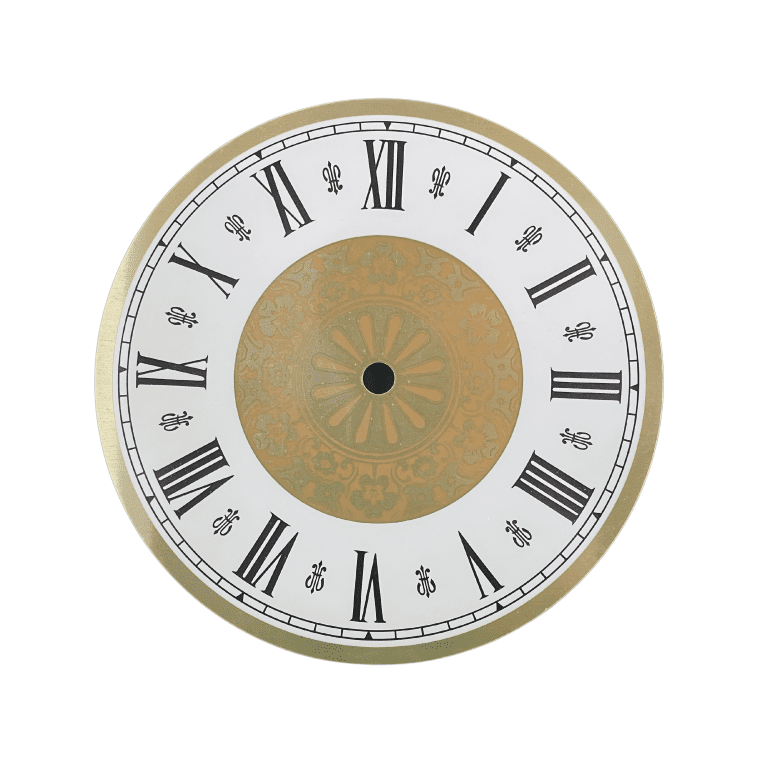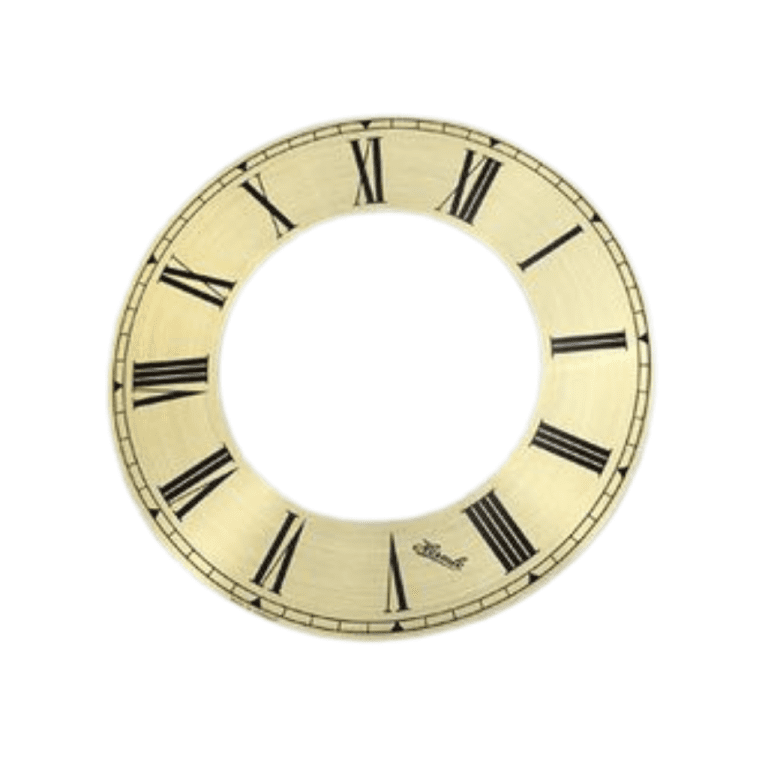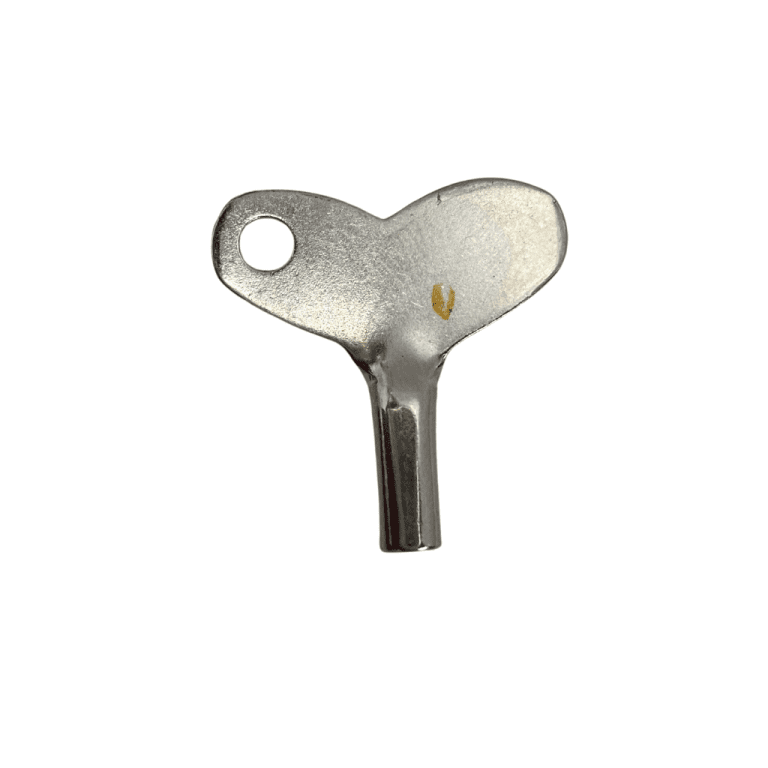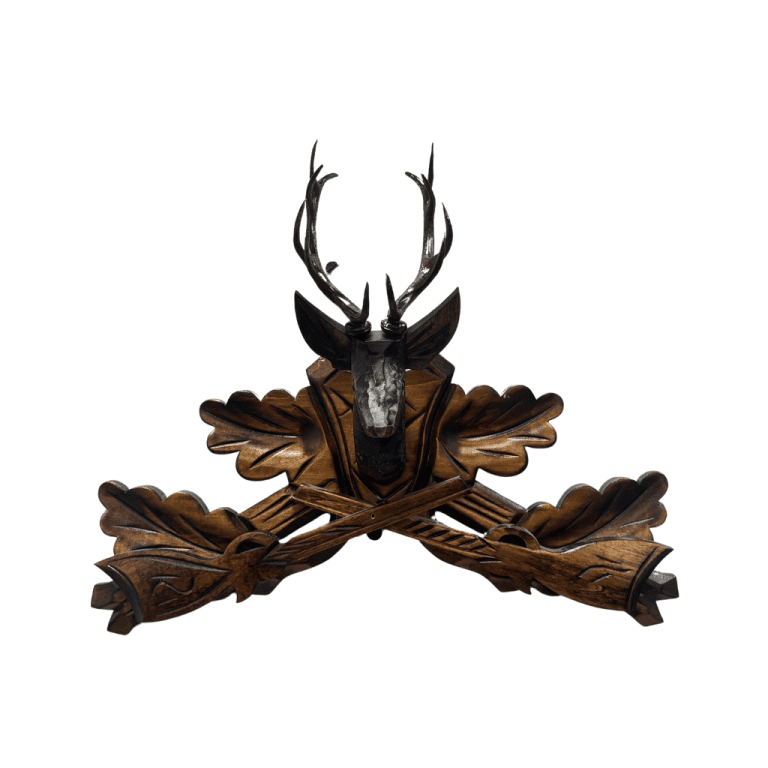Choosing the right watch for you, and knowing when and how to wear it, is a great way to accessorize with confidence.
How to Choose a Watch
A digital or mechanical timepiece has practical utility and can be a fashion statement. Follow these steps when selecting a watch to purchase or wear:
- 1. Choose your watch style. There are various types of watches to choose from. Many watch enthusiasts start with one watch then expand their watch collection, as different watches go with various outfits. There are dress watches, luxury watches, sports watches, dive watches, and some casual wear watches that work well for several occasions. Think about the kind of watch that appeals most to you and when you’re most likely to wear it.
- 2. Pick an appropriate watch size. In general, men’s watches are larger than watches designed for women. While large-faced watches can work in some situations, it is best for the watch face to match the wrist size. Meanwhile, some women’s watches, especially those worn at formal events, feature smaller faces. Some formal watches have loose bands and are worn similarly to bracelets.
- 3. Match the materials. Consider how the watch components will match your outfit when choosing a watch to wear. Leather watch bands pair well with other leather accessories. Metallic watches and watch straps, whether precious-metal plated or stainless steel, should match the cufflinks or tie clip you are wearing, as different colors and textures of metal can clash.
How to Wear a Watch
It may seem as simple as strapping a watch to your wrist, but some details make wearing a watch more comfortable, helpful, and stylish:
- 1. Use your non-dominant hand. The convention is to put the watch on the wrist as your non-dominant hand, as it will be less likely to get in the way or be damaged. For example, if you are left-handed, you should wear a watch on your right wrist. This also makes operating the chronograph or winding the watch easier; as a result, most watches are worn on the left hand by right-handed people. However, you might find that the watch feels better on your dominant hand.
- 2. Position your watch above the wrist bone. A watch is usually worn just above the ulna, or the wrist bone. Most people wear their watches with the face on the top of their wrist. With your hands at your sides, if you are wearing long sleeves, your watch will peek out slightly from under the cuffs of your shirt. Alternatively, some wearers prefer the watch face on the inside side of their wrist. This more discreet style can protect a scratch-prone watchface.
- 3. Adjust the watch strap. Some leather straps have a buckle similar to a belt, while others feature hinged metal fasteners. Wristwatches should stay in place, but the strap should not be tight against your arm. You might prefer to adjust the watchband loose enough to fit a finger underneath. Adjust the strap so your watch fits comfortably.
Credited to: https://www.masterclass.com/

